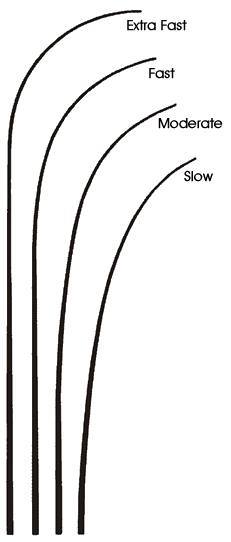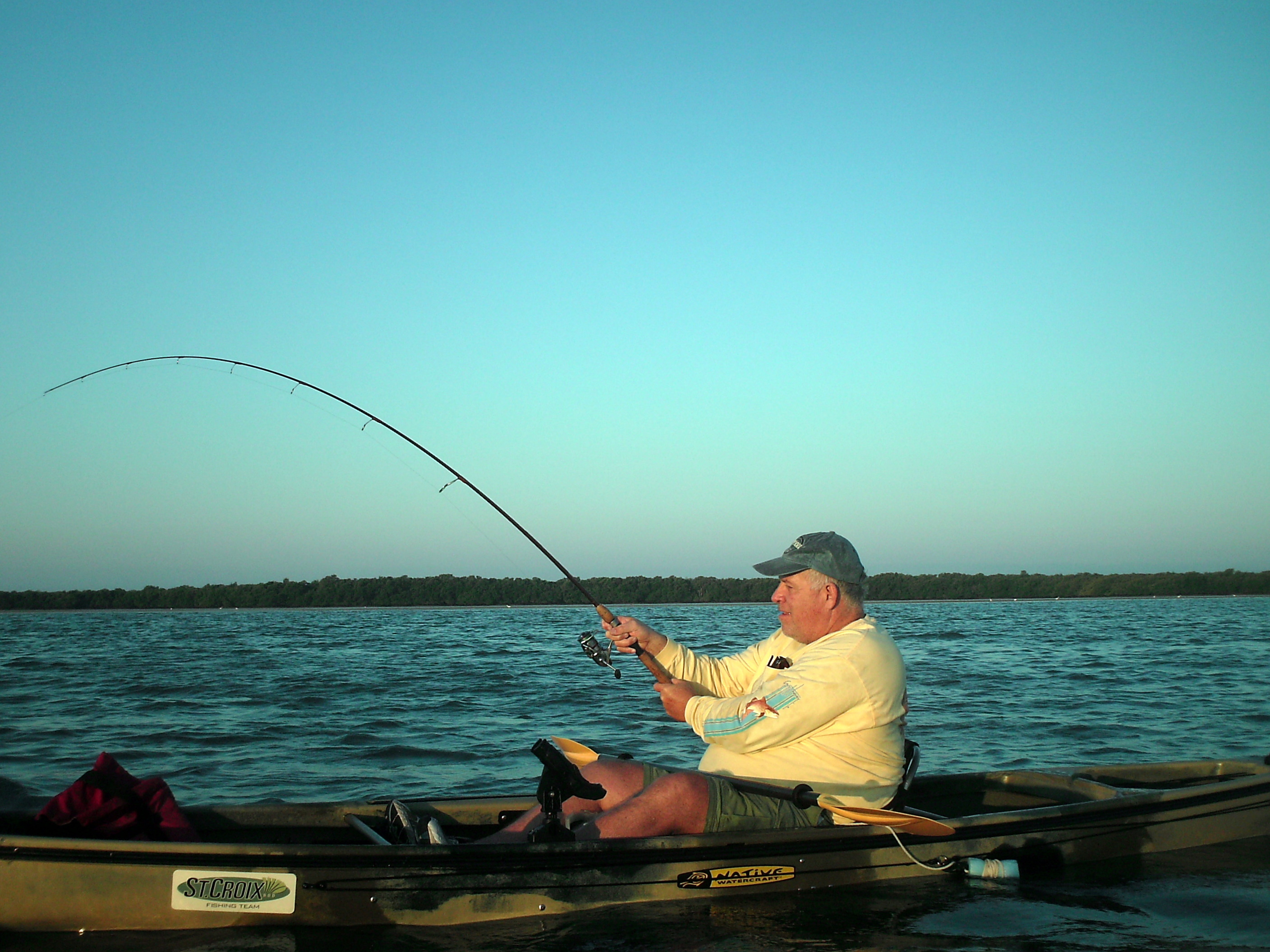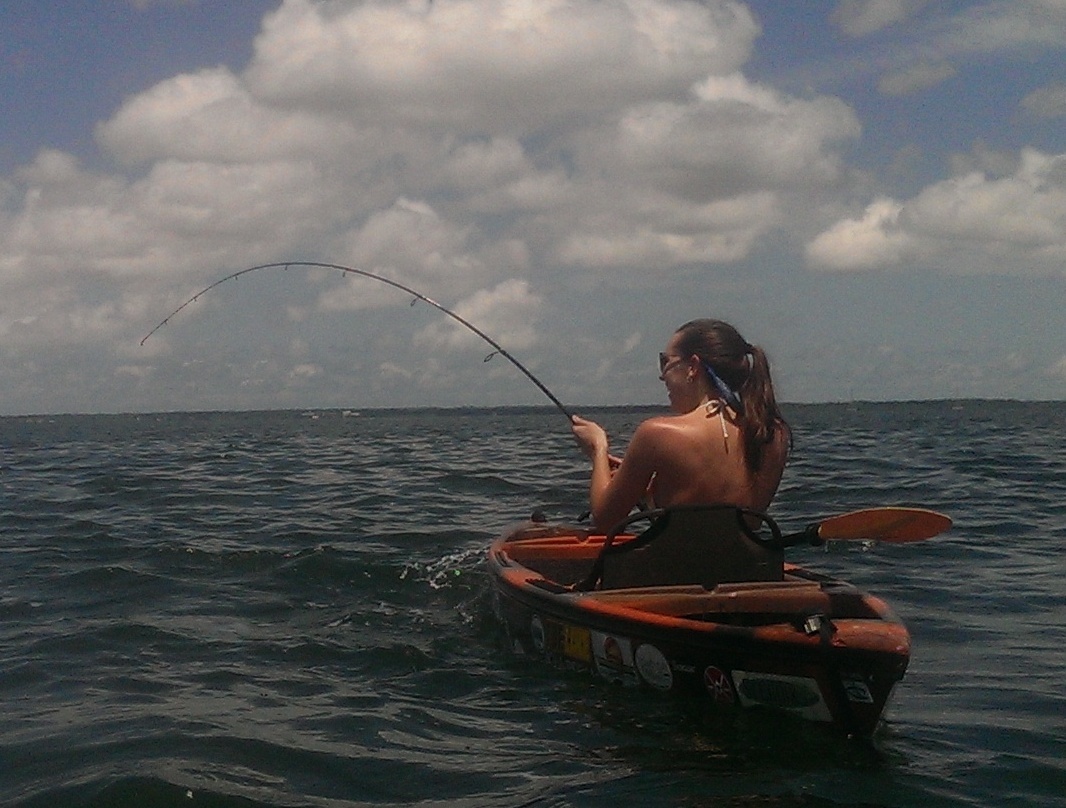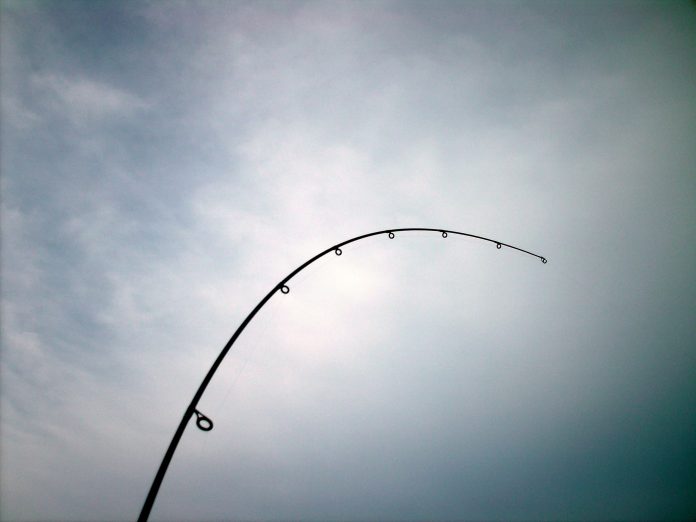Neil Taylor, Strike Three Kayak Fishing
You want to be good at something, you need to learn how to do it right. Whatever it is, there is an exact way to do it that is better than all other ways. You take a rod and reel in hand. You have some challenges but they are fun opportunities. This edition: Do I fight a fish correctly??
In fishing, there are lots of ways to do everything. You really have your choice in how to do things, EXCEPT when it comes to fighting a fish. There is one exact way to do it and if you get there, you will catch the fish that other people lose. It is a fact. If you can fight fish like me, you will catch more fish than the next guy. Back before I was a guide I did some tournament fishing. I wasn’t into it, but I did it. Tournaments I did well, the difference between me and everyone who finished behind me? I didn’t lose my fish. Why didn’t I lose my fish? Because I am better and fighting and landing a fish than the other guy. I got control of my fish and finished the capture “before something happened.” Fish can shake off. I would secure those fish before something like that happened.
 Your rod is your control. Having a good rod isn’t necessary but it helps. My choice, a seven-foot medium power, fast action. You will have your own favorite. Your goal after you are hooked up to the fish: Keep pressure on the fish where the hook moves as little as possible. If you are erratic and bounce the rod tip all over the place you are going to lose more fish. Smooth, steady technique wins the game. My clients will tell you, I teach it and my catch phrase is “a gentle bend in the rod.” Not a limp rod and not a rod that is doubled over. You want a gentle bend in the rod 100% of the time you fight a fish. Erratic, bouncing of the rod tip, you will cause the lure to pop out frequently.
Your rod is your control. Having a good rod isn’t necessary but it helps. My choice, a seven-foot medium power, fast action. You will have your own favorite. Your goal after you are hooked up to the fish: Keep pressure on the fish where the hook moves as little as possible. If you are erratic and bounce the rod tip all over the place you are going to lose more fish. Smooth, steady technique wins the game. My clients will tell you, I teach it and my catch phrase is “a gentle bend in the rod.” Not a limp rod and not a rod that is doubled over. You want a gentle bend in the rod 100% of the time you fight a fish. Erratic, bouncing of the rod tip, you will cause the lure to pop out frequently.
Some fish are harder fighters than others and you have to be even better at it when you have fish that “go berserk.” Fighting a snook. For the beginner. A snook can be a quick battle, lost by the angler if they don’t keep a few things in mind BEFORE they actually set the hook on one of these fish. But should you lose that initial battle: don’t get frustrated: The Great Googly Moogly moments are all a part of learning the ropes. I got whipped by the first 15 or so snook I hooked when I moved here until I figured out some things from those experiences. I didn’t realize my errors in fighting technique until I was hooking snook. Now, I catch EVERY ONE I hook.
Any fish can do it but it is most notable with snook: They make a turn and come back at you at 50MPH. “A gentle bend in the rod” can you keep up with this fish? If a fish has slack, it has a chance to shake a hook much, much easier.
“Bowing” to a fish, most well associated with tarpon. Bowing means dropping the rod tip and pointing it at the fish when it is about to break surface for a jump. Bowing to a fish is tantamount to using your arms and making good decisions at the right time.

There is technique and there is using your equipment right. One of the biggest errors people make: Their drag settings. If you have your drag set too tight, the first big fish you hook, you are going to have knots fail and you will lose the fish. When a fish is going full speed, it should be able to take some line. Exceptions: “Do or die” scenarios. If you are trying to pull fish out from under a dock, bridge or other obstruction, you have to tighten the drag and not allow the fish any line. I would suggest a heavier rod and reel if you are doing this one. Or, you will lose fish to broken lines more often.
To be good at something: Just like it was when I was an umpire, the challenge is “never make the same mistake twice.” I didn’t figure it out and I was dumbfounded by the whole thing. You’ll have a lot of battles. Some you’ll do great, some you’ll be humbled. But as time goes on and you develop the “feel” for various situations, you’ll instantaneously REACT. And you might not even be aware of some of those adjustments until you think about it afterwards. Things happen fast. A snook will strike and often go warp speed and jump 30 yards away before you could even blink. 
I’ll give you this big tip now and you may still make the mistake when you hook a really large one: Relax your arm when it’s going hard the other way (unless it’s digging in to reach a piling or tree roots). A snook that’s going fast directly away from you is going to either break the line or cut the leader with its gill plates if you “pull back on it.” Try to keep the rod tip up but don’t “lean back on it” when it’s going directly away from you. Your arm is effectively a shock absorber. Get that “elastic arm” and you will keep some of those fish hooked that people not using the technique are going to lose.
It’s fun. Even when you get beat by a big fish, consider that a badge earned. You’ll always have another chance. The good thing is you are hooking fish. The even better thing, if you are working at it, you should catch more than you lose. Work at it. Get better at it. Watch your success grow.
Neil Taylor
Strike Three Kayak Fishing
Neil is the owner of Capmel.com, owner and guide at Strike Three Kayak Fishing; outdoor  writer, speaker and community leader for conservation.
writer, speaker and community leader for conservation.
- The Neil Blog… - July 26, 2023
- The Catfish - July 26, 2023
- update - July 22, 2023











